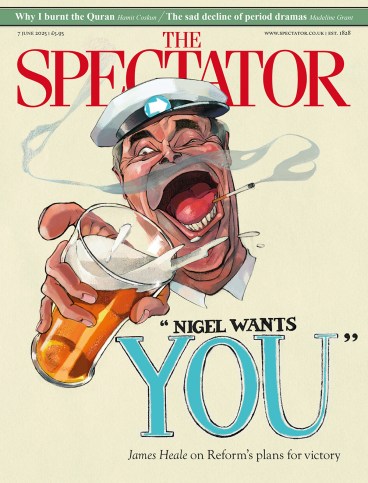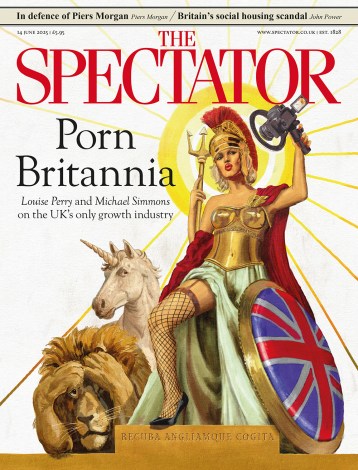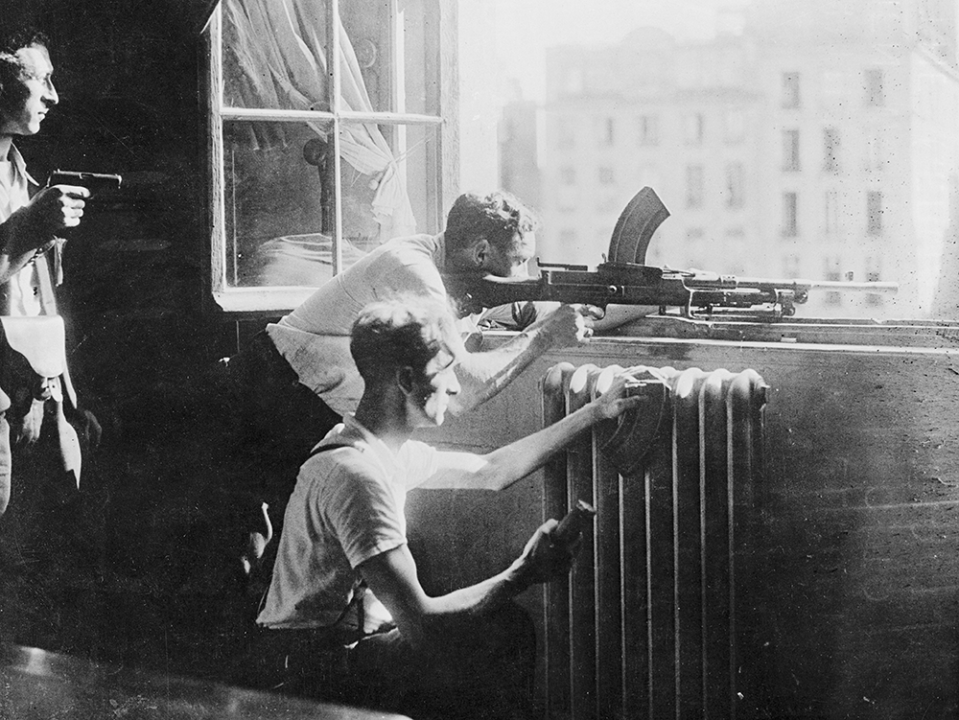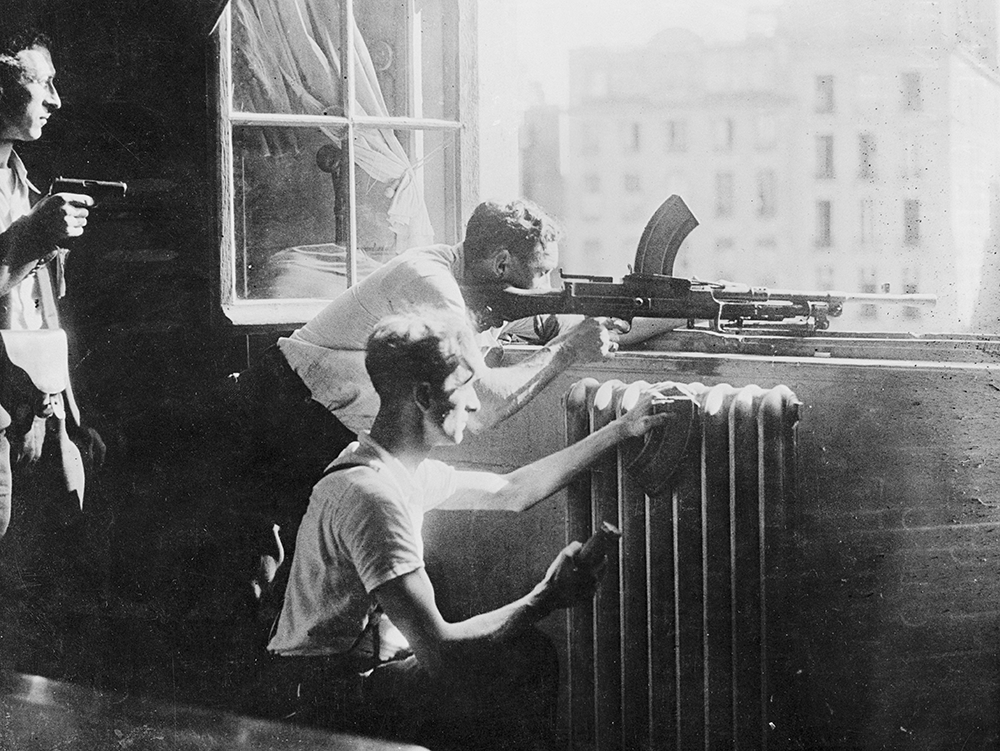
Matthew Parris has narrated this article for you to listen to.
The trouble with history is that it is topiary. History is what’s left after the unwanted foliage has been clipped and cleared away. The topiary birds, pigs and pyramids are just yew bushes minus the clippings, these forms having emerged from the topiarist’s shears. Your yew-based pig is a product of selective disposal, even down to its curly tail.
Likewise with a historian’s shears. The raw material may be facts (in the words of the 19th-century German historiographer Leopold von Ranke, ‘what actually happened’) but the history book’s account, the shape and meaning we give to an era, relies as much on the happenings we choose to discard as on those we decide to notice. In like manner, Ancient Greek astronomers conjured up fantastical constellations by topiarising the stars.
Such thoughts teased me as we walked around the Centre d’histoire de la Résistance in Lyon last week. I do recommend a visit both to this chilling museum dedicated to the Free French resistance during the Vichy years, and to Lyon itself.
If your only brush with the city is (as mine had been) a complex motorway bypass to avoid it, then Lyon will come as a revelation. Situated on and to each side of the peninsula formed by the confluence of two great navigable rivers, the Rhône and the Saône, Lyon surpasses Paris (in my view) in its ambience, squares, promenades, boulevards and architecture from every era since the city was established by the Romans as one of their hubs of empire.
The climate is mild and the atmosphere warm: classy restaurants and cool bars spill out on to tree-lined pavements.










Comments
Join the debate for just $5 for 3 months
Be part of the conversation with other Spectator readers by getting your first three months for $5.
UNLOCK ACCESS Just $5 for 3 monthsAlready a subscriber? Log in